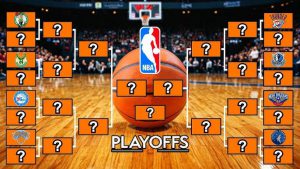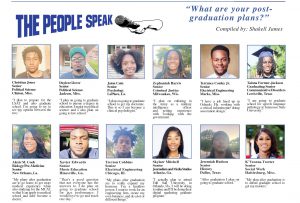
Jeremy Anderson
Associate Editor
Quick question: Which schools have produced more NFL Hall of Famers?
If you know anything about the history of football, you would not be surprised that historically black colleges like Grambling State and Jackson State have more players in the NFL Hall of Fame than both of their predominantly white in-state counterparts. You would also not be surprised to learn that both Alabama A&M and Tennessee State have produced just as many Hall of Famers as their predominantly white in-state counterparts.
But if you look at the HBCU football scores around the country this past week, the previous facts probably don’t seem logical.
Some scores around Southwestern Athletic Conference were abysmal.
One student, noticing the trend of SWAC schools getting blown out, took to Twitter to voice his frustration with the hashtag, #SWACLivesMatter.
One may wonder why would HBCUs play these big schools and get blown out like this?
The answer to this question is plain and simple: money. HBCUs get paid to play against teams that obviously overpower them.
HBCUs have long battled underfunding, and perhaps nowhere is that battle more glaring than scoreboards around the SWAC and Mid-Eastern Athletic Conference (the two HBCU conferences in Division 1) during the start of the season.
Just as of last year, gaps in the budget gaps between top-tier programs and HBCUs were perplexingly outrageous.
For example, according to Mark Schlabach, an ESPN Senior Writer, Savannah State University’s entire athletic budget last year was 4.5 million. In comparison, the University of Georgia’s athletic budget was close to 93 million, with almost 16 million dedicated to just football. To even further intensify the disparity, Georgia paid its on-field coaches around 6.4 million last year.
Let that sink in. Coach’s pay alone at one school outweighed another school’s entire athletic budget across all sports.
After integration, HBCUs saw dwindling attendance rates and also dwindling talent in its athletic programs. Black players, who at one point were hardly allowed in PWIs, began to shift towards those same PWIs with deep pockets and shiny facilities.
Without the elite players that HBCUs used to have, HBCUs are in a relatively sordid position when it comes to funds.
So until HBCUs find ways to offset the funding disparity, the money games will continue.





Be First to Comment